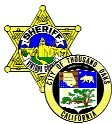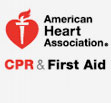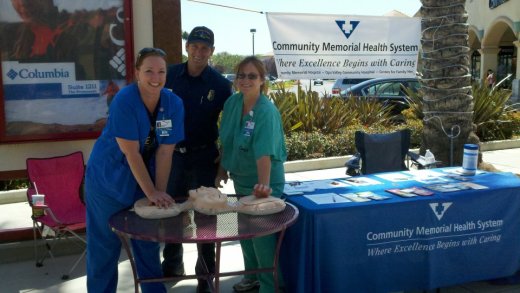Ventura County Public Health warns that leaving children unattended in cars can lead to tragedy
 Last month, a Ventura County family narrowly avoided tragedy after discovering their 2-year old near death after he had been accidentally locked in the family’s minivan. The child was rushed to a nearby emergency room where he was diagnosed with hyperthermia (heatstroke) and his body temperature was measured at 107.2 degrees. Thankfully, doctors were able to cool the boy and save his life but, for the hundreds of other children left alone in cars each year, the story does not have the same happy ending.
Last month, a Ventura County family narrowly avoided tragedy after discovering their 2-year old near death after he had been accidentally locked in the family’s minivan. The child was rushed to a nearby emergency room where he was diagnosed with hyperthermia (heatstroke) and his body temperature was measured at 107.2 degrees. Thankfully, doctors were able to cool the boy and save his life but, for the hundreds of other children left alone in cars each year, the story does not have the same happy ending.
Such cases are more common than people might expect. An average of 38 children die in hot cars in the United States each year -- that's one every nine days. According to the Department of Geosciences at San Francisco State University, there have been more than 550 documented cases of heatstroke of children in vehicles since 1998.
Dr. Robert Levin, Ventura County Public Health Officer, warns parents to never leave a child unattended in a car – even if it is just for a few minutes and the windows are left open. “The temperature inside a car can heat up 20 degrees in just 10 minutes,” said Levin. “Because a child’s body heats up three to five times fast than an adult’s, it doesn’t take long for a child’s temperature to reach life-threatening levels.”
Any parent can forget their child in a car, especially if they are tired, distracted or out of their regular routine. According to the Safe Kids Worldwide, a global organization dedicated to preventing injuries in children, heatstroke is the number one cause of non-crash vehicle-related deaths for children ages 14 and under. Sadly, more than half of child heatstroke deaths occur when a distracted caregiver forgets a quiet child in the vehicle.
To keep your children safe, Safe Kids Worldwide created the A-C-T educational and awareness campaign for parents and caregivers. Each of the three letters reminds adults of important heat-related prevention tips.
A: Avoid heatstroke-related injury and death by never leaving your child alone in a car, not even for a minute. Always lock your doors and trunks – even in your driveway. And keep your keys and key fobs out of the reach of kids.











